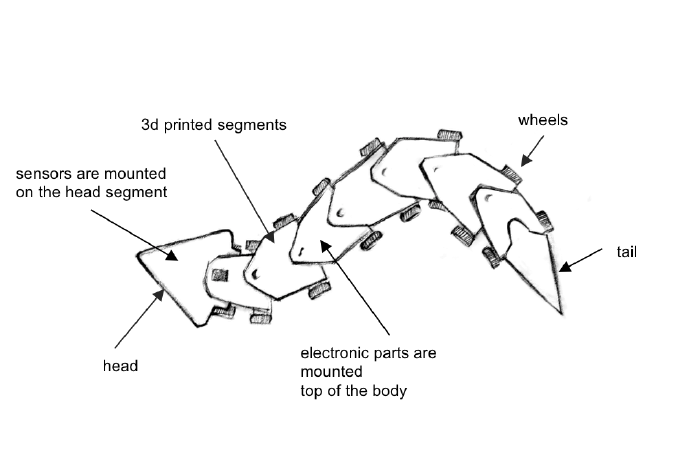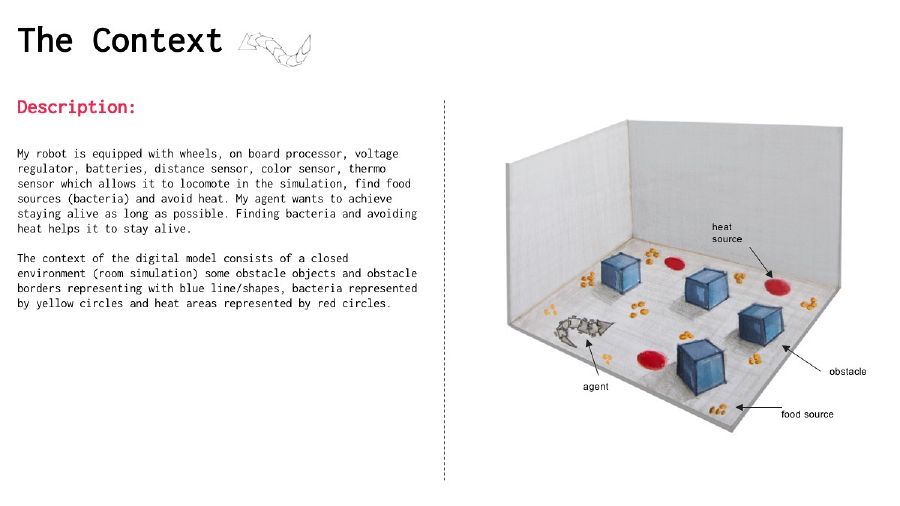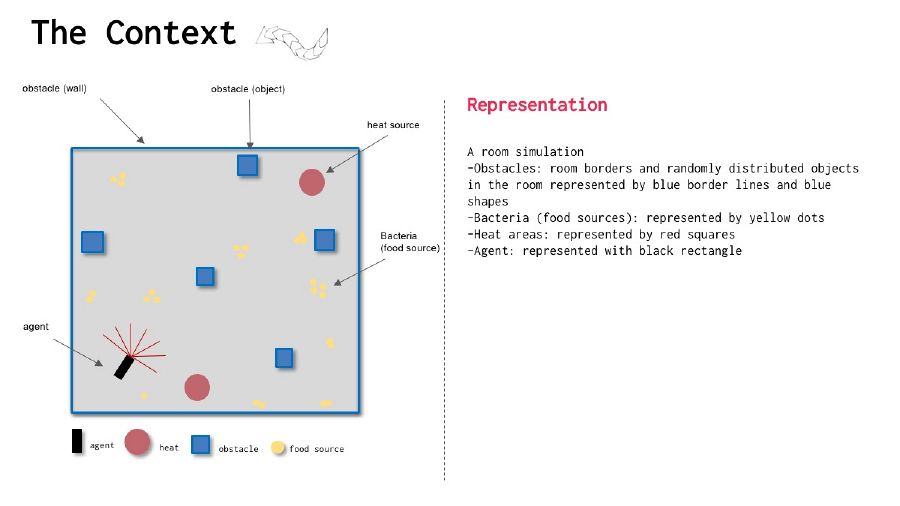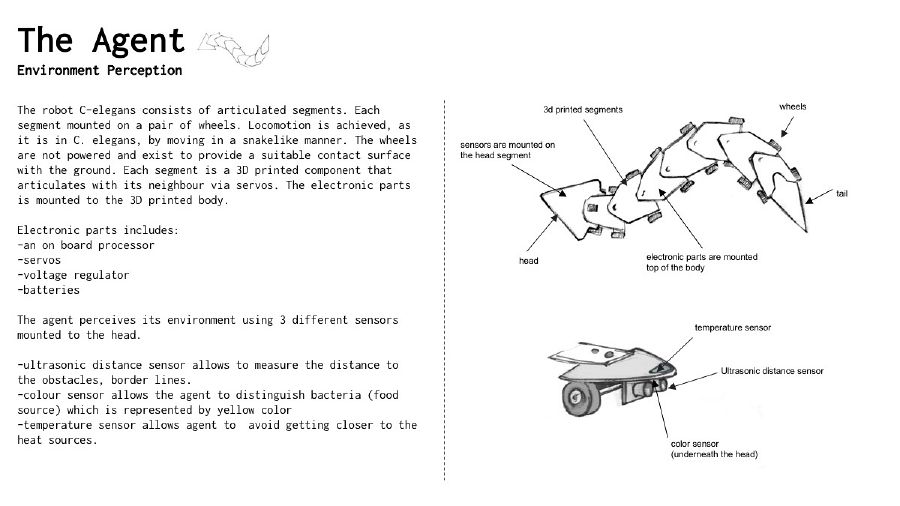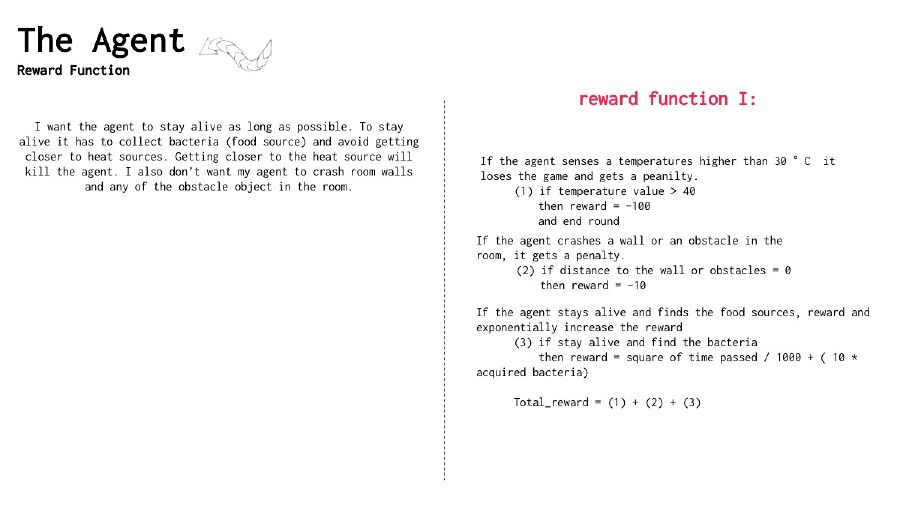WORM ROBOT
The first prototype of a #bioinspired worm #celegans robot made of 6 motors edited with microscopy images I took in our diy Bio-lab. This prototype is made during the Robotic Workshop held by Filipe Pais at Interface Cultures program at Kunst Universitat Linz.
For the creation of the prototype, I used MisB Kit which is an open-source building blocks kit that allows quick prototypes of animated “behavioral” objects. The kit has been developed by the Reflective Interaction team from Ensadlab, under the direction of Samuel Bianchini and Filipe Pais.
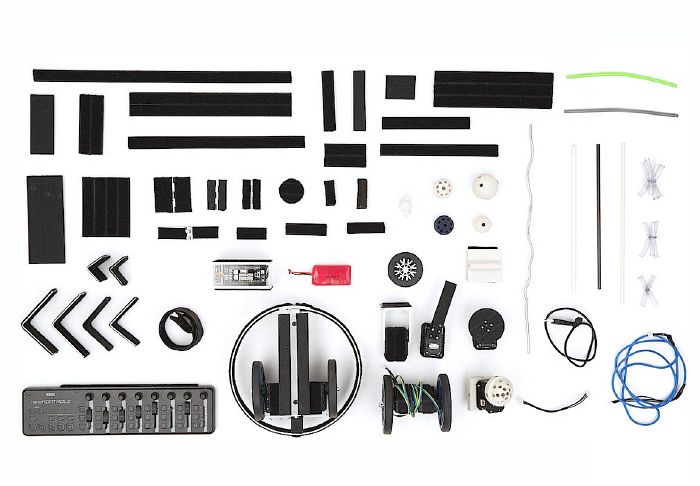 6 servo motors are connected to each other (electrically/mechanically). The last motor at the tail is connected to the mainboard which is also the power supply. I covered motors and some other elements with carbon sticks for an easy and fast assemble and smooth movement on the floor.
6 servo motors are connected to each other (electrically/mechanically). The last motor at the tail is connected to the mainboard which is also the power supply. I covered motors and some other elements with carbon sticks for an easy and fast assemble and smooth movement on the floor.
For live animations, I have connected the mainboard to the software wirelessly. After making the necessary adjustment in the software I used a mini controller to rotate every motor in real-time. I have tried linking the noise of the nearby street to the motor at the tale.
Worm Robot is a bio inspired robot that simulates the neuromuscular function of a C. elegans as closely as possible. It is a bio-inspired agent to live in a simplified bio-inspired environment. The robot is trained with deep reinforcement learning which is an area of machine learning concerned with how intelligent agents learn to achieve a goal in a potentially complex environment with trial and error and come up with a solution to the problem. To do this the artificial intelligence gets either rewards or penalties for the actions it performs. Its goal is to maximize the total reward.
My robot is equipped with wheels, on board processor, voltage regulator, batteries, distance sensor, color sensor, thermo sensor which allows it to locomote in a snakelike manner, find food sources (bacteria) and avoid heat. My agent wants to achieve staying alive as long as possible. Finding bacteria and avoiding heat helps it to stay alive.
C. elegans
Experiments
The nematode worm C. elegans is a very simple organism with some moderately complex behavior. Its primitive behaviors are feeding, reproduction and locomotion and it exhibits complex behavior such as smell/taste, touch, slight response to light, sensing temperature, robust escape responses and rudimentary learning.
Here are some microscopy images and videos I took.
Research
What is special about C. Elegans is that they are among the best understood animal. Its whole genome was sequenced and it is the only creature to have had its neural system completely simulated. It has 302 neurons hard wired with around 8000 connections. We have a complete map of C. Elegan's admittedly simple, neural circuit created by Open Worm Project .This model has been used to implement the worm's brain in a number of ways including building an artificial version of the worm's brain and building devices seem to behave like the worm. The researches concerning how the neural system of C. Elegans uploaded to a computer to solve a problem and mimiking digital evolutionary process of C. Elegans using deep reinforcement learning in in a nature-like simulation are the main inspirations for my project. You will see details of these researches in my references and research notes section. Below is a simulation of worms body interacted with fluid environment around it.
Preperation/ Design
__________________
